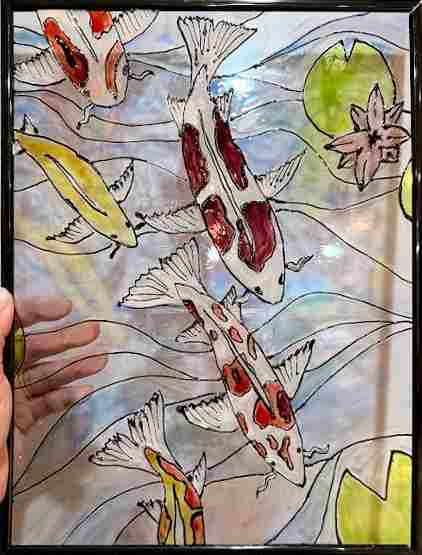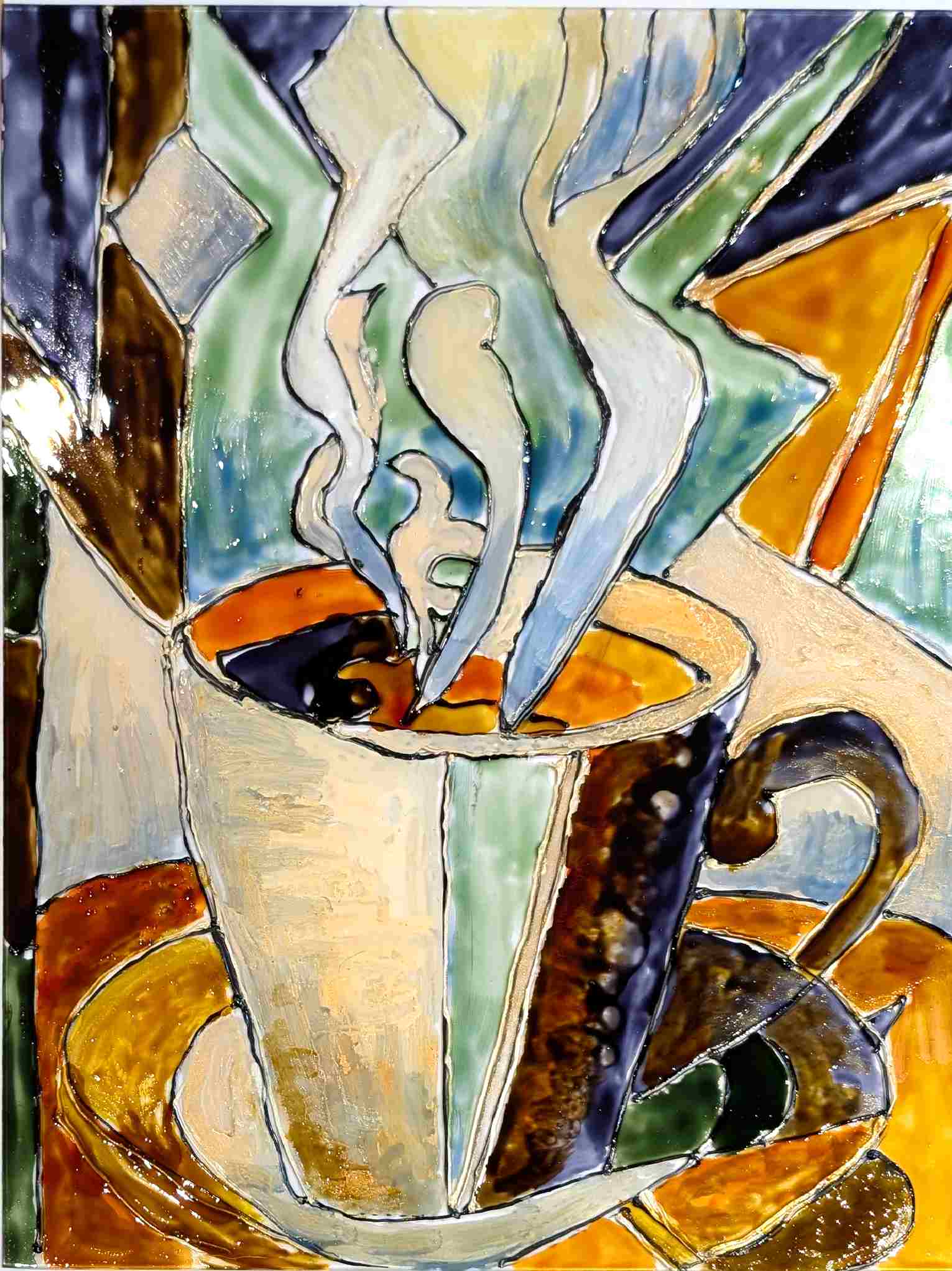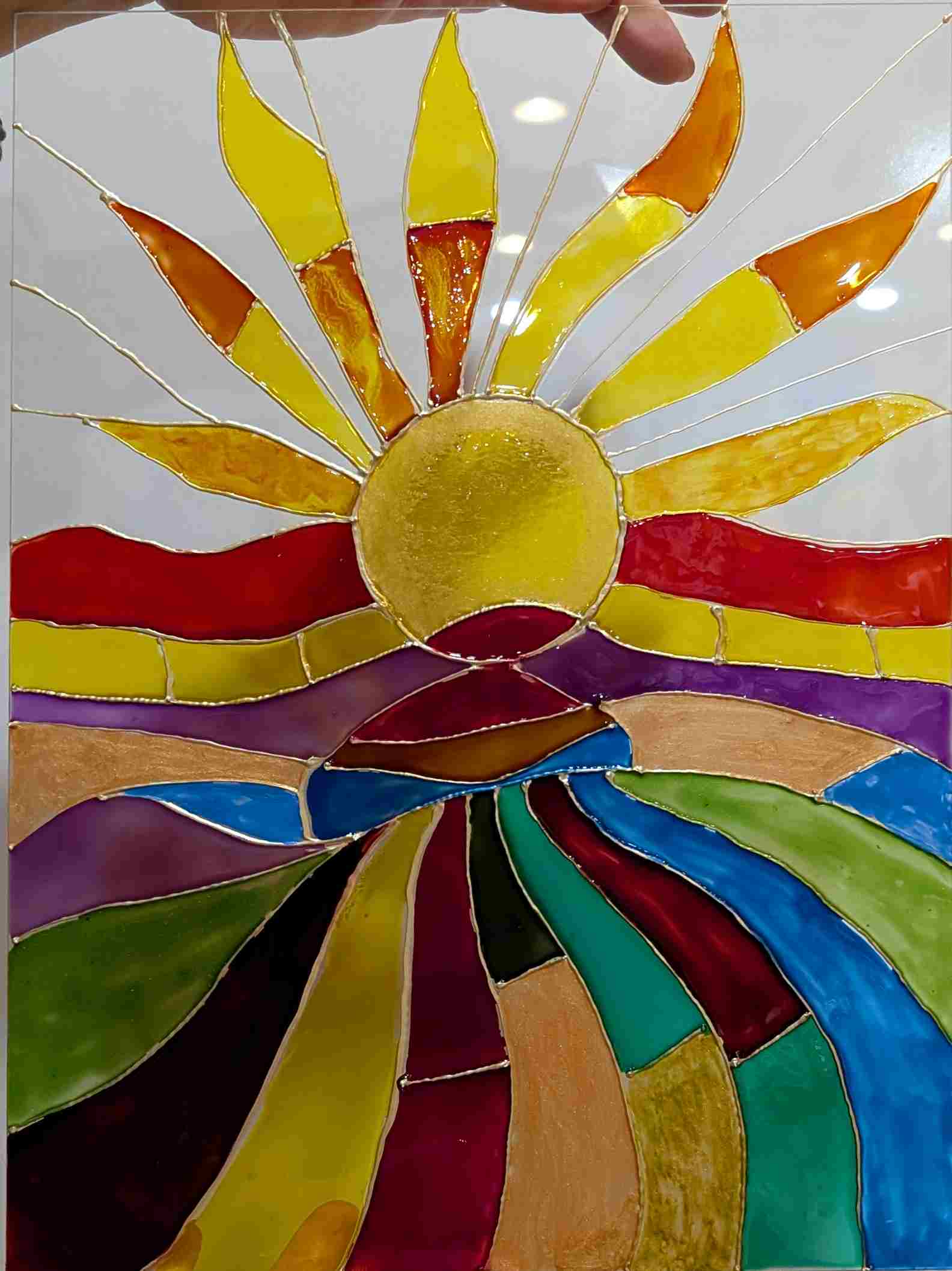Crafting Faux Stained Glass: An Easy, Relaxing, and Beautiful Art
Creating faux stained glass is an engaging and rewarding hobby that allows you to produce beautiful art pieces to adorn your home. The process is straightforward, meditative, and results in stunning decorative items that can brighten any space.
Why Choose Faux Stained Glass?
Faux stained glass offers many of the aesthetic advantages of traditional stained glass but with fewer challenges and costs. With this method, you don't need to cut or join glass pieces, making it accessible to beginners and those who prefer a safer, less labor-intensive approach.
The Ease of the Process
Creating faux stained glass involves painting on clear glass or plastic surfaces using special stained-glass paints and liquid leading. Here's a simplified version of how you can make your own faux stained glass:
-
Choose Your Design: Begin by selecting a design. It can be anything from a simple geometric pattern to a detailed image.
-
Trace the Design: Place your chosen design beneath the glass and trace it using liquid leading. This creates the outlines of your stained glass.
-
Fill with Color: Once the leading is dry, fill in the sections with stained-glass paints. These paints mimic the rich, translucent colors of real stained glass.
-
Dry and Display: Allow the paint to dry completely. Once done, your faux stained glass piece is ready to hang on a wall or in front of a window, where it can catch the light beautifully.
Relaxation Through Creativity
The process of creating faux stained glass is not just easy; it's also incredibly relaxing. The repetitive nature of tracing and painting can be quite meditative, helping you unwind and focus on the present moment. It's a perfect activity for relieving stress and indulging in some much-needed creative expression.
Stunning Results
One of the most rewarding aspects of faux stained glass is the finished product. Whether displayed on a wall or in front of a window, these pieces add a touch of elegance and color to your surroundings. They create mesmerizing effects as light filters through the translucent paints, casting colorful reflections.
Join Rush in Art Studio's Adult Art Classes
If you're interested in trying your hand at faux stained glass, consider joining the adult art classes at Rush in Art Studio. These classes provide all the materials and guidance you need to create your own beautiful stained glass pieces. The studio offers a friendly and supportive environment where you can learn new skills, meet fellow art enthusiasts, and take home a stunning piece of art.
Creating faux stained glass is a delightful way to combine relaxation and creativity, resulting in beautiful decorations that brighten any space. So why not give it a try at Rush in Art Studio? Your next masterpiece awaits!
Below are the results of the class on 3/1/25
.














